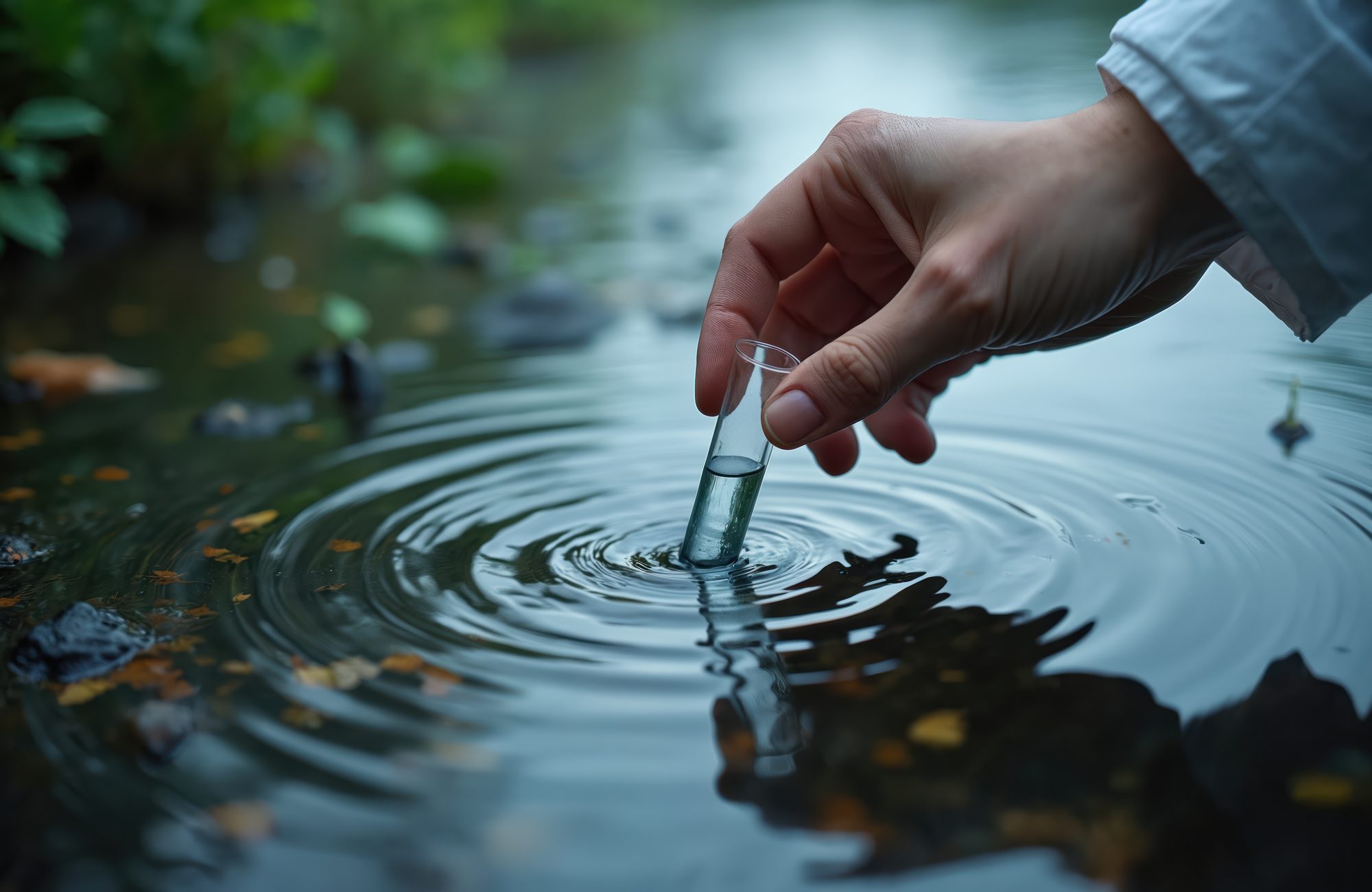Antimicrobial resistance no longer hides behind hospital walls: resistant genes now travel vast distances in surface water, storm run-off and even sea spray. A 2025 EU pilot across eight countries showed carbapenem- and colistin-resistant E. coli at 40 % of freshwater checkpoints, underscoring the need for routine river monitoring. The Joint Research Centre reaches similar conclusions, warning that unchecked antibiotic residues and resistant bacteria in European rivers erode last-line therapies.
TULIP’s surveillance teams collect paired water-and-sediment samples, culture isolates for phenotypic testing, and run metagenomic sequencing to spot emerging resistance signatures. Results plug into WHO’s WASH-AMR guidance, which highlights water monitoring as a pillar of national action plans. Waste-water-based epidemiology adds an early-warning lens: population-level resistomes can be tracked weeks before they appear in clinics, though data harmonisation remains a research priority.
By flagging hot-spots—sewage outfalls after heavy rain, irrigation canals in dry seasons—TULIP arms regional health authorities with actionable maps and sampling protocols that can be embedded in routine water-quality schemes.

